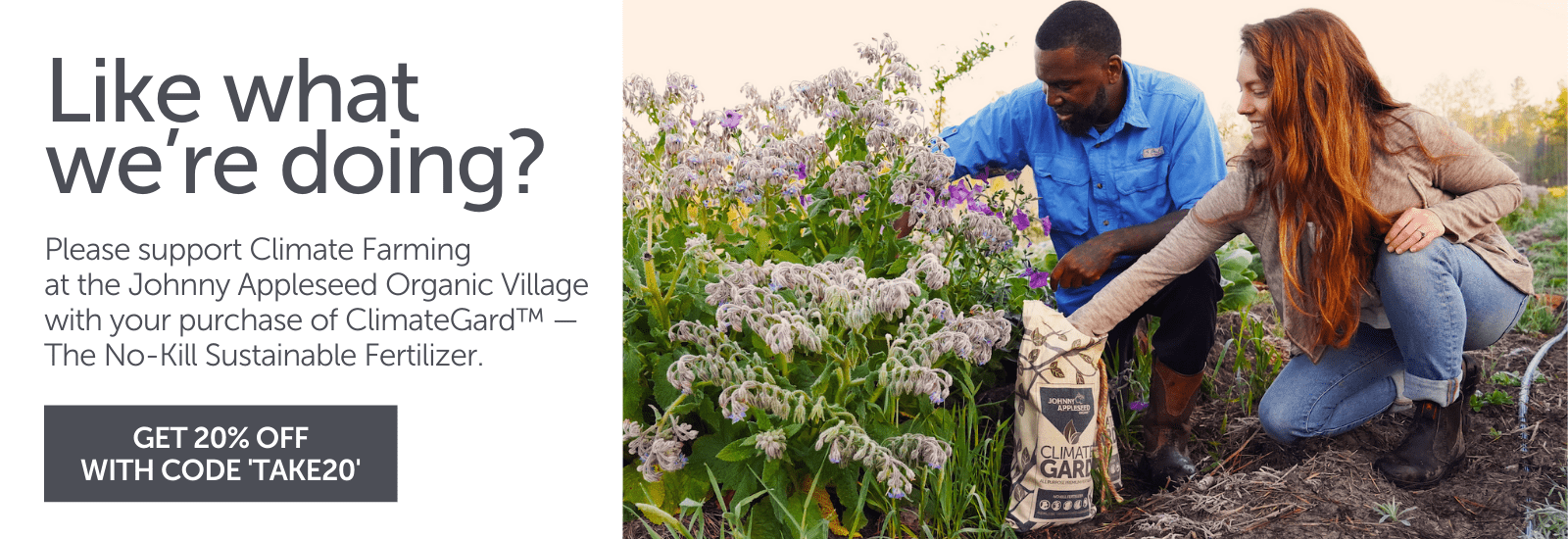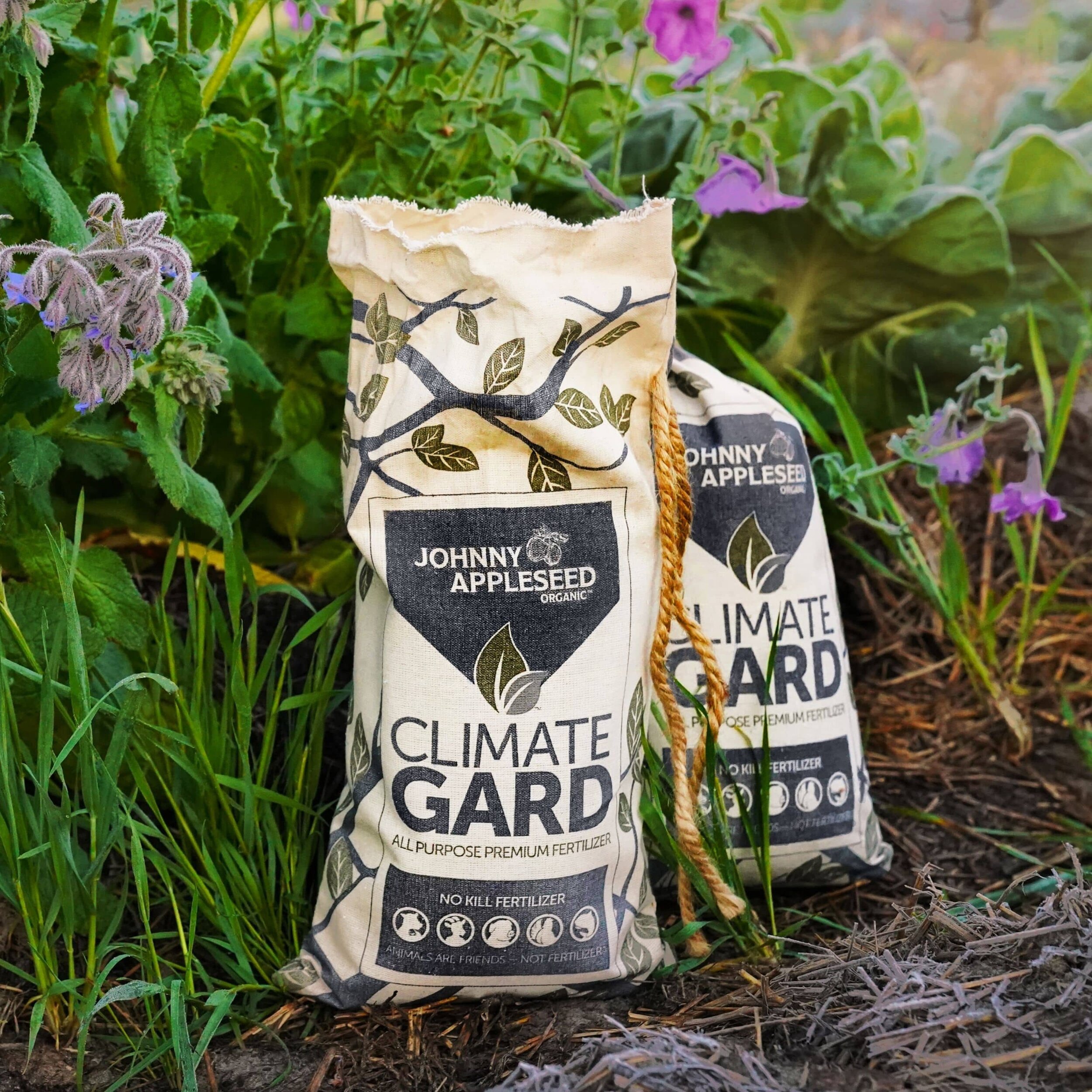Choosing Resilient Plants for Your Backyard Carbon Farm
By Acadia Tucker
Seed companies know where I live and, until recently, I shared my space with an alarmingly high stack of catalogs. One earthy-looking, pumpkin-colored seed catalog was all it took to suck up hours of my time. I’d fall hard for every pretty plant I saw, dreaming of a garden filled with Brandywine tomatoes and Burgess Buttercup squash.
But now I know better. I’m focused on the plants most likely to support a healthy soil ecology. Shallow-rooted annuals die every year, releasing their carbon back into the atmosphere as plant debris decomposes on the surface. For this reason, they don’t store nearly as much carbon in the ground as perennials. So while I still leaf through my catalogs admiring the sunny annuals, the perennials section is what I zero in on. Many of them are pretty gorgeous, too.
To find the plants most likely to thrive and support your backyard carbon farming dreams, I suggest using the following guidelines.
Look to your map. Study your garden plot. If it’s overshadowed by tall buildings, you’ll need shade-loving plants. If it’s predominantly sandy, you’ll want plants that won’t demand much water (and you’ll have to keep pushing the compost so the soil becomes loamier).
Include a variety of plants, mostly perennials. In general, the more diverse your plantings, the healthier your garden will be. Different plants feed different communities of soil organisms, and planting a wide range invites them all. This makes your garden more resilient to droughts, floods, swings in temperature, and disease, especially if it contains sturdy perennials.
A variety of plants also provides shelter and food to lacewings, spiders, and other pest-eating bugs. Plants that bloom at different times improve the chances that birds, butterflies, and other pollinators will find plenty to eat. (For more information on how to attract pollinators, visit the website of the Xerces Society for Invertebrate Conservation.) Encouraging bugs and birds to visit can make your garden act more like a self-sustaining ecosystem, which means more reward with less effort
Grow drought-tolerant plants. One climate-change reality is that drought conditions will only worsen. My Washington farm was located in the country’s rainiest region, yet I struggled with summers so dry I was forced to irrigate. Planting perennials with roots long enough to find water deep underground will give your garden a fighting chance at staying green, despite climate challenges.
Grow Plants You Love to Eat
I know this sounds obvious, but plant food crops you like and want to cook. What’s the point of growing something you won’t eat? If you plant what you love, gardening will seem less like a chore. Who cares about a little wedding when you know you’ll soon sink your teeth into a crisp pepper?
Choosing Resilient Plants for Your Backyard Carbon Farm is part of Stone Pier Press's citizen gardening series, which highlights how to grow food and garden in ways that are good for the planet. It's available at the Stone Pier Press bookstore, or anywhere books are sold. Stone Pier Press is an environmental publishing company based in San Francisco.
Sign up for Newsletter
Follow Us on Social
Cutting-edge microbiology
No kill formula
Superior plant nutrition derived from the most ethical, sustainable sources available.
Produces the same results as conventional fertilizers without the negative environmental impacts.
Each ClimateGard pellet is infused with micronutrients, silicon, humic acid and a high-performance blend of living bacteria and fungi.
Delivered in an environmentally friendly organic cotton bag with a compostable inner liner.
Will continue to enrich your soil long after application.
$39.95 for 7.5 pound bag | $69.95 for 15 pound bag.




